Implant Overdentures – Comfort and Stability for Missing Teeth

A denture that is secured by implants is referred to as an implant-supported overdenture. A regular denture, on the other hand, is not supported by implants and generally rests on the gums. At our clinic, guided by the Best Dentist in Viman Nagar, Pune, implant overdenture is one of the best ways to go if a person does not have any teeth in the jaw but has enough bone in the jaw to support implants. This kind of overdenture has a special attachment that easily snaps onto the attachment on the implants.
Implant supported overdentures are usually aimed to be used in the lower jaw because regular dentures tend to be way less stable there. Generally, a rectangular denture that is made to fit an upper jaw is quite stable on its own and does not need the extra support extended by implants. But one can choose to receive an implant supported overdenture in either the upper or lower jaw.
There are two types of implant overdentures: bar-retained and ball retained. The third variety which has many advantages over the other two are called Locator implant attachment system. They are self-locating and provide retention from both inside and outside. The unique Dual Retention innovation provides the LOCATOR attachment with greater retention surface area than ever before available with other attachments. A combination of inside and outside retention ensures the longest lasting performance. Dr Santosh Dixit has treated over 50 implant overdenture cases with Locators, ball attachments and bar attachments who are satisfied and happy.
However, in all the cases, a denture is made of an acrylic base that looks like the gum. Teeth made of acrylic are attached to the base. An implant supported overdenture needs to be removed daily to clean the denture and gum area. It is also not advisable to sleep with the denture at night.
When Do You Need An Implant Overdenture?
Dentures are required to replace a failing dentition either because of caries gum disease. There are several kinds of dentures available and the options are endless.
But the greatest problem with most dentures is the fact that they simply just do not stay in their place all day. Implant supported overdentures offer a way to keep your dentures in place and allows you to go about your daily life, smiling with confidence.
This method has proved to be successful for many people over the years with the highest success rate. Implant supported overdenture is preferred when people struggle to keep their dentures secure, particularly in the lower jaw as it needs added stabilization.
People who use dentures know the embarrassment that follows a slippage of dentures. Implant supported overdentures also helps restore proper chewing and helps combat the ineffectiveness of denture adhesives.
Implant overdenture also improves speech and confidence. It is also more comfortable than a regular overdenture and irritation of gum tissue is reduced. This method can often use your existing dentures as the crown and thus you can save your money there. This is also a minimally invasive procedure as per the likes of most patient.
Call Us
080 55440120
OR
Book an Appointment
Case 1
BEFORE
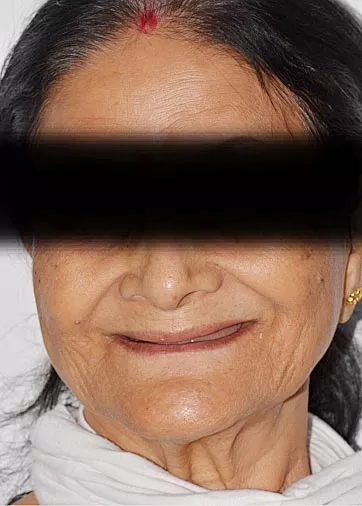
AFTER
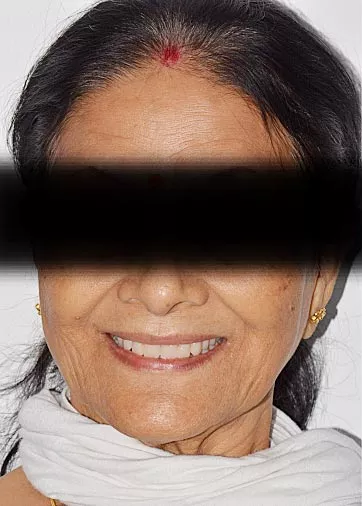
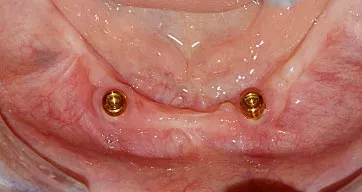
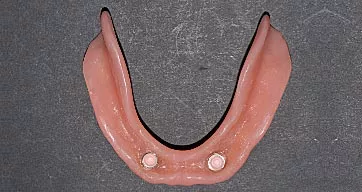
” Patient reported to our clinic with few non-restorable broken teeth in lower arch. 2 implants with locator attachment were done and then later on implant supported over denture was fabricated. “
Case 2

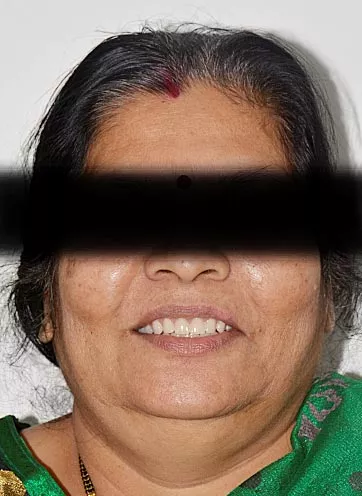
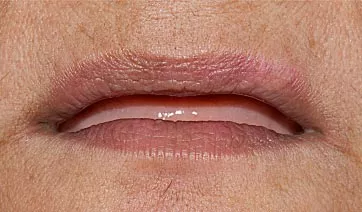
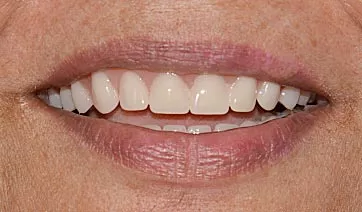
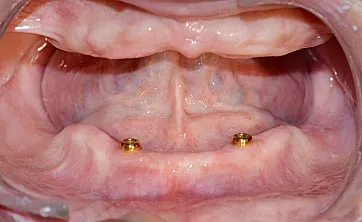
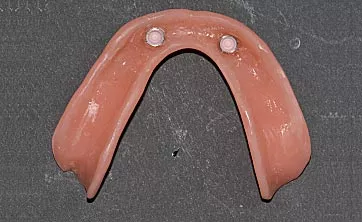
” Patient reported with no teeth in the mouth, 2 implants with locator attachment were placed in lower arch and rehabilitated with fabrication of implant supported over denture upon it. “
Case 3
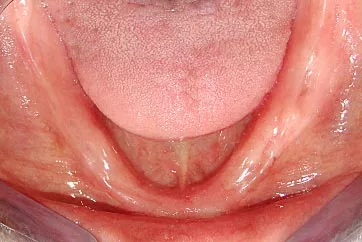

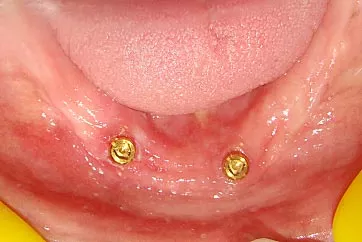
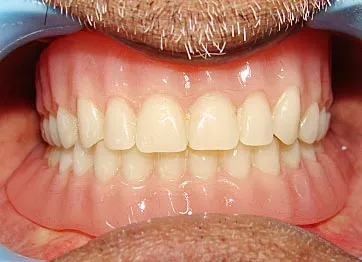
Implant Overdentures – Procedure
Implant supported overdentures are not as complicated as it might sound. The dental implants are usually placed in the jawbone in the front of one’s mouth because there tends to be more bone in the front of the jaw than that in the back. Even if a tooth has been missing for some time, this is usually true, but dentists do a thorough evaluation as one starts losing bone soon after you lose your teeth.
The front jaw is often preferred for implant placement because it has fewer nerves or anatomical structures that could interfere with the procedure. At our clinic, guided by the Best Dentist in Viman Nagar, Pune, implants are placed in the jawbone following strict principles and protocols. The minimum requirement is two implants, and healing abutments are attached immediately to avoid a second-stage surgery. After about 3 months of healing and osseointegration, attachments such as locators, ball-and-socket systems, or bars are connected and secured to the dentures for improved stability and function.
Implant Overdentures - Post Recovery Instructions
After the first surgery, special care must be taken so that the implants do not face any pressure. Temporary dentures are often used and relined in a soft relining material such that the implants stay covered and they do not face external pressure. Wait time after the first surgery is around three to four months for a lower jaw and five to six months for the upper jaw. During this time, the bone and implants fuse together.

